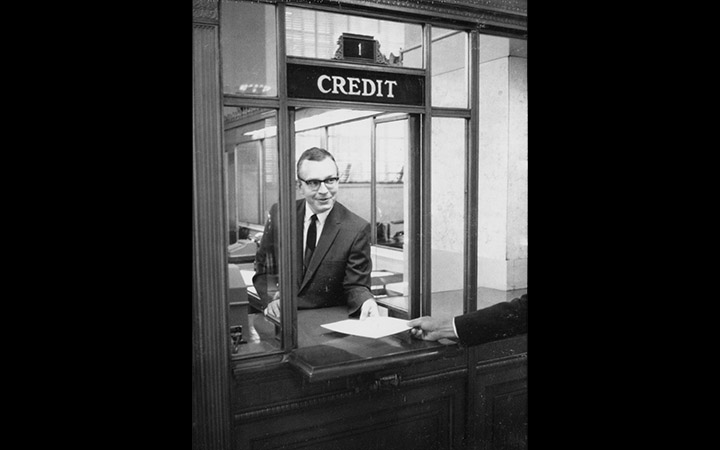
The Federal Reserve sets U.S. monetary policy to promote maximum employment and stable prices in the U.S. economy.

Federal Funds Rate
The primary way the Federal Reserve implements monetary policy is by targeting the federal funds rate
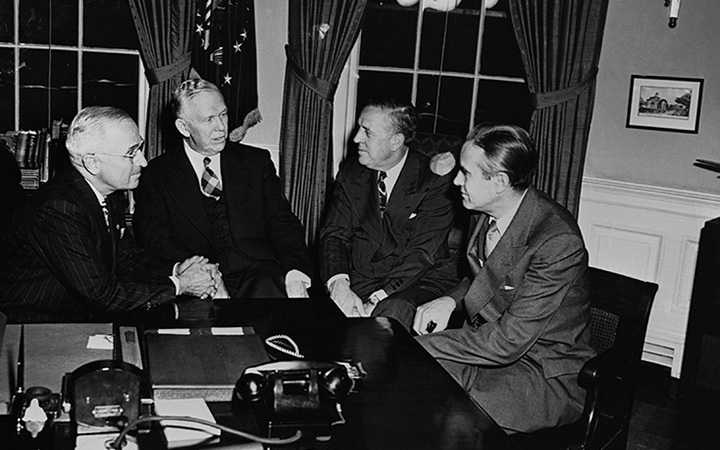
WWII and After
The Fed pegged interest rates at a low level during WWII and enforced the peg after the war ended
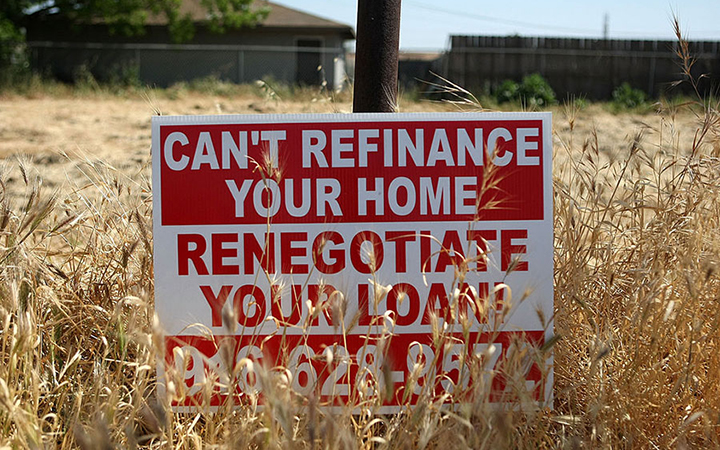
Subprime Mortgage Crisis
The 2007-10 crisis stemmed in part from an expansion of mortgages to high-risk borrowers
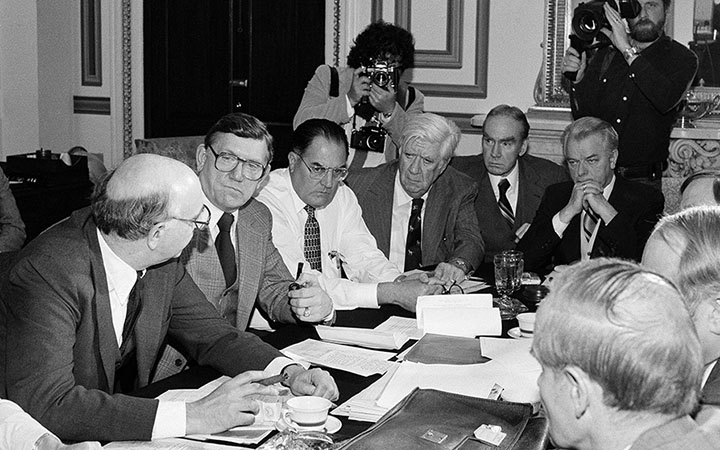
Monetary Control Act
The 1980 Act was one of the most important laws to affect the Fed in its 100-year history
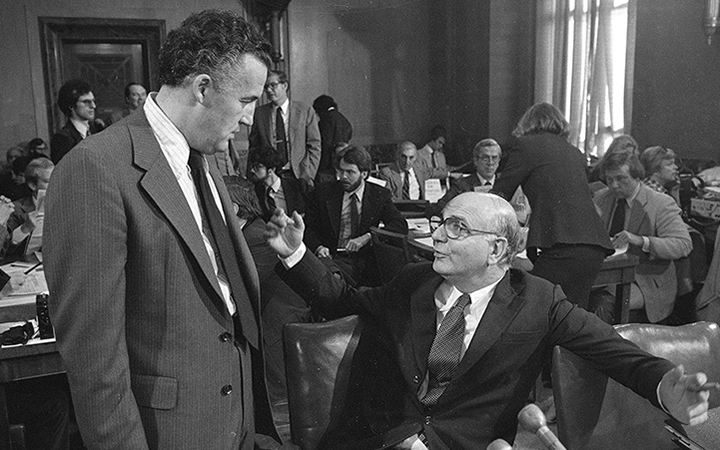
Fed’s Anti-Inflation Actions
In 1979, Fed Chairman Paul Volcker announced new anti-inflation measures
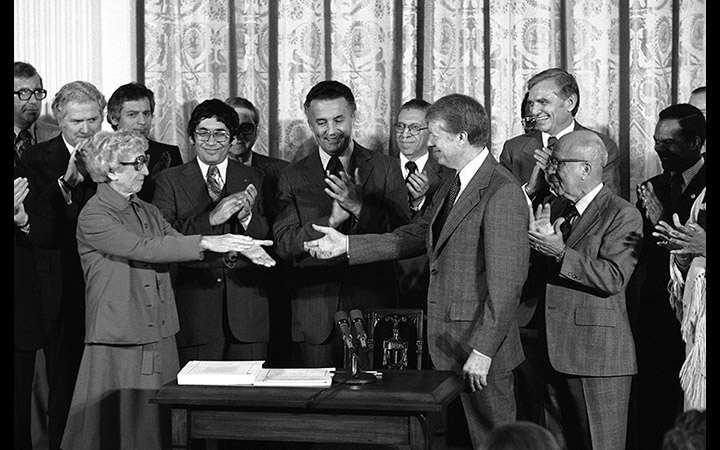
Full Employment and Balanced Growth Act
Commonly called Humphrey-Hawkins, the 1978 Act set new goals for the nation’s economic policymakers
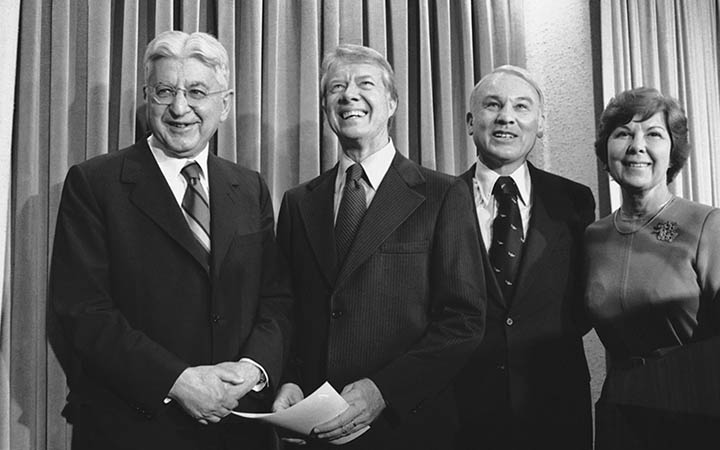
Federal Reserve Reform Act
This 1977 law was instrumental in shaping the current Fed
![Close-up of a "Whip Inflation Now" [WIN] button, President Ford's symbol of the fight against inflation.](/-/media/images/great_inflation_1_720x450.jpg)
Great Inflation
The defining macroeconomic period of the second half of the 20th century lasted from 1965 to 1982
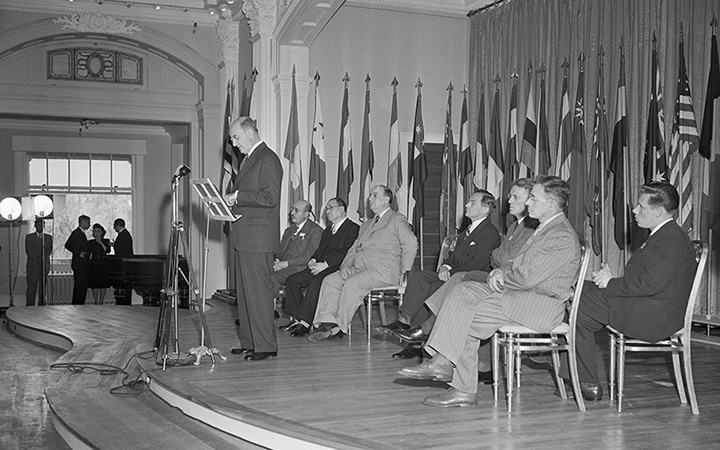
Bretton Woods Launched
The international currency system became operational in 1958
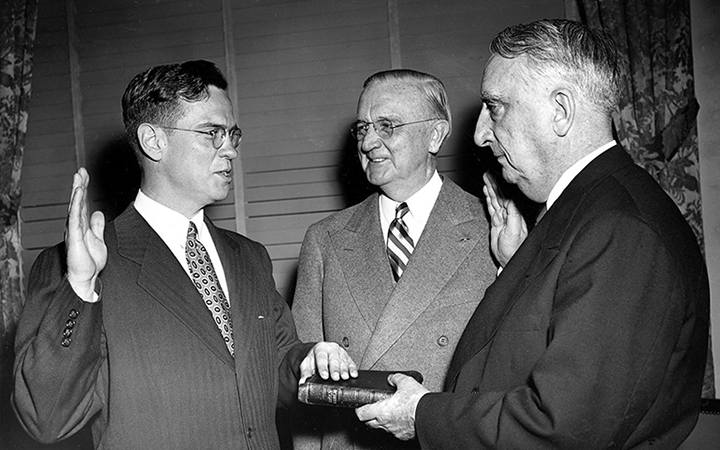
Treasury-Fed Accord
The 1951 agreement that laid the foundation for the modern Federal Reserve
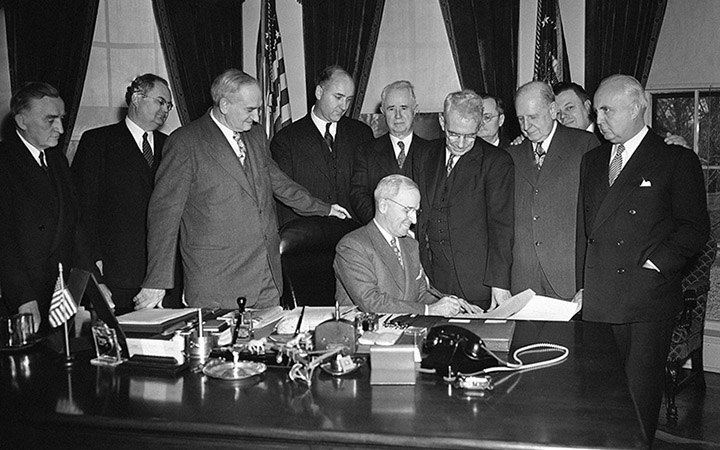
Employment Act
President Truman signed the Act in 1946 in the aftermath of WWII

Banking Act of 1935
This legislation restructured the Fed in both cosmetic and consequential ways
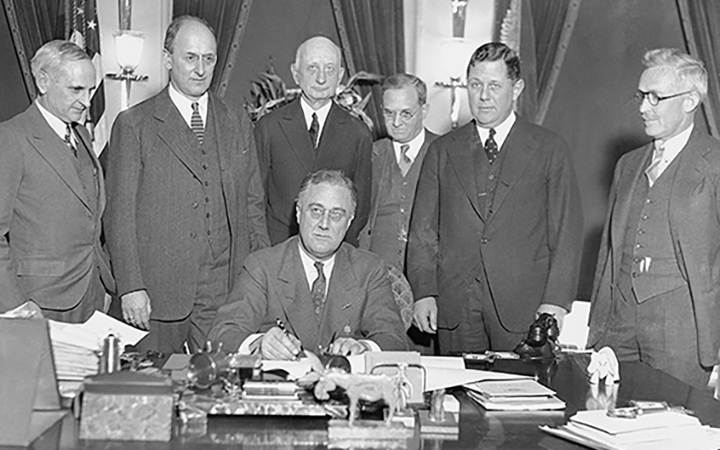
Gold Reserve Act
The 1934 law was the culmination of FDR’s controversial gold program

